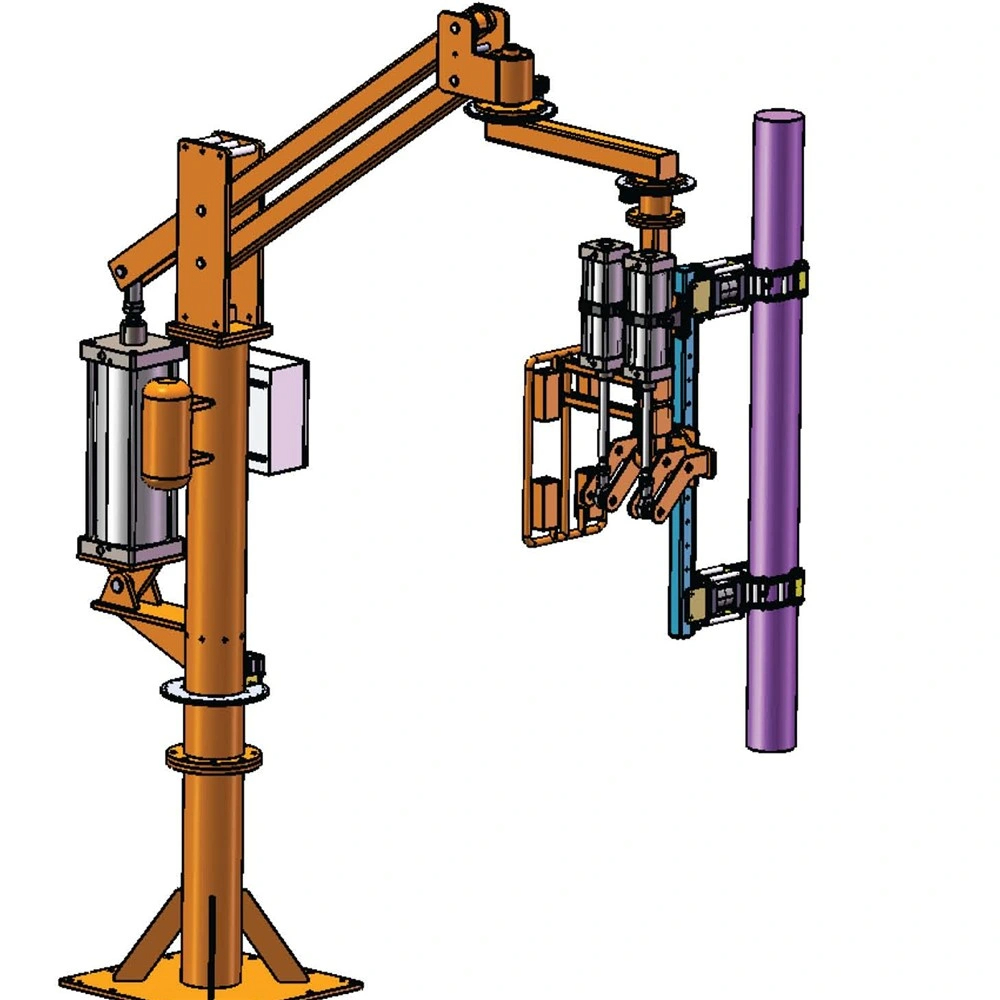Introduction Robotic arms, also known as industrial robots, have become an integral part of modern manufacturing processes. They are programmable machines that can perform various tasks with high precision and efficiency. In this article, we will discuss the applications of robotic arms in factories and how they have revolutionized the manufacturing industry.

Material Handling and Transfer One of the most common applications of robotic arms in factories is material handling and transfer. These machines can be programmed to move materials from one location to another, such as loading and unloading conveyor belts, palletizing goods, and transferring products between different stages of production. By automating these tasks, robotic arms not only reduce labor costs but also increase productivity and improve workplace safety.
Assembly and Manufacturing Robotic arms play a crucial role in assembly and manufacturing processes. They can perform complex tasks such as drilling, welding, cutting, and polishing with high accuracy and consistency. This helps in reducing waste and improving product quality. Additionally, robotic arms can work continuously without breaks, which significantly increases production rates and reduces downtime.
Quality Control and Inspection Robotic arms are also used for quality control and inspection purposes. They can be equipped with sensors and cameras to detect defects or irregularities in products during the manufacturing process. This allows manufacturers to identify and correct issues before they become costly mistakes. Moreover, robotic arms can perform visual inspections more quickly and accurately than human inspectors, ensuring consistent quality across all products.
Packaging and Shipping Another application of robotic arms in factories is packaging and shipping. These machines can automate the entire packaging process, from filling containers to sealing them shut. They can also label products, apply barcodes, and prepare them for shipment. By automating these tasks, robotic arms help reduce labor costs, improve efficiency, and ensure consistent packaging standards.
Maintenance and Repair Robotic arms can also be used for maintenance and repair tasks in factories. They can perform routine checks on equipment, identify potential issues, and even make repairs if necessary. This helps in preventing unexpected downtime and maintaining optimal production levels. Furthermore, robotic arms can access hard-to-reach areas and perform tasks that may be dangerous or difficult for human workers.
Conclusion In conclusion, the application of robotic arms in factories has transformed the manufacturing industry by improving efficiency, reducing costs, and enhancing product quality. As technology continues to advance, it is likely that we will see even more innovative uses for these machines in the future.

Hey people!!!!!
Good mood and good luck to everyone!!!!!